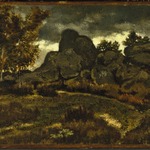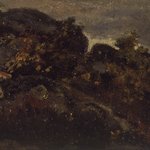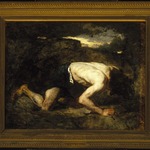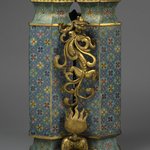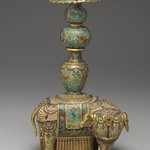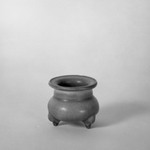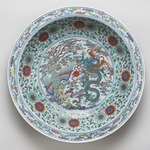
Tomb Tower
Asian Art
On View: Asian Galleries, West, 2nd floor (China)
Architectural models made for the tomb provide evidence for the above-ground wooden architecture, which has not survived. The green lead glaze on the ceramic tower was only used on burial goods. This three-story tower has figures posed either at balustrade corners or peering out of the front windows. The eaves are made to resemble ceramic tile and are ornamented on the corners with four double-edged petals. The lower story has dougang brackets in the forms of dragons. The decorative circular tiles at the end of the roof eaves have the same pattern as tiles excavated in the ruins of palaces in both Han capitals, Chang’an (modern day Xi’an) of the Western Han and Luoyang of the Eastern Han, implying that this tomb model might replicate a real structure at the entryway to the Han capital.
MEDIUM
Earthenware, lead glaze
DATES
25 B.C.E.–220 C.E.
DYNASTY
Eastern Han Dynasty
PERIOD
Eastern Han Dynasty
DIMENSIONS
Height: 42 in. (106.7 cm)
a bottom: 8 1/8 x 13 3/8 x 14 3/4 in. (20.6 x 34 x 37.5 cm)
b 1st story: 20 3/8 x 12 x 12 1/4 in. (51.8 x 30.5 x 31.1 cm)
c 2nd story: 13 3/4 x 14 1/2 x 13 1/2 in. (34.9 x 36.8 x 34.3 cm)
d balcony: 6 3/4 x 10 5/8 x 9 1/2 in. (17.1 x 27 x 24.1 cm)
e top : 15 1/2 x 13 1/2 x 13 in. (39.4 x 34.3 x 33 cm) (show scale)
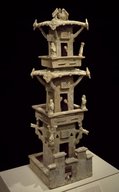


COLLECTIONS
Asian Art
ACCESSION NUMBER
1997.142a-e
CREDIT LINE
Purchased from the Schloss Collection with funds given by Dr. Richard and Ruth Dickes, Lucille and Martin E. Kantor, Dr. Robert and Bernice Dickes, Florence and Irving Kingdon, Dr. Bertram H. Schaffner, Dora Wong, and Diane H. Schafer and Frank L. Babbott Fund
CATALOGUE DESCRIPTION
Tomb Tower consists of five separate sections. In general all sections have most descriptive details on the front, some detail on the sides, and little on the rear. The bottom section (a) represents a walled courtyard, the front wall having a raised section surmounted by a roof. One half of the central double door is open with the figure of a watchdog in the open doorway. The main story of the Tower (b) has high walls surmounted by a projecting balcony. Details are represented by molded or hand-built elements as well as lightly incised lines, with openings cut through the slab walls. The front opening is surmounted by a projecting rectangular grille and has two press-molded faces attached to the sides. Two figures stand on the front corners of the projecting balcony. The balcony is supported at the corners by architectural elements composed of standing potbellied bears, projecting three-part brackets in the form of dragons. The opening on the front wall of the second story (c) also has two press-molded faces attached to the sides. The story is surmounted by a flat, projecting roof that curves gently down at the corners; tiled roofs. Projecting from each of the four corners of the roofs ((c and e) are press-molded, quatrefoil floral ornaments. The balcony (d) has two figures standing on the corner, one identical to those below and one with a tall headdress. The top story (e) has an opening in the front with one face peering out and is topped by a flat, projecting roof with floral ornaments at the corners. The peak of the roof is surmounted by two floral ornaments flanking the large figure of a dove.
The Tower is covered with an uneven variegated iridescent, green glaze.
[From Accession Card]
EXHIBITIONS
MUSEUM LOCATION
This item is on view in Asian Galleries, West, 2nd floor (China)
CAPTION
Tomb Tower, 25 B.C.E.–220 C.E. Earthenware, lead glaze, Height: 42 in. (106.7 cm). Brooklyn Museum, Purchased from the Schloss Collection with funds given by Dr. Richard and Ruth Dickes, Lucille and Martin E. Kantor, Dr. Robert and Bernice Dickes, Florence and Irving Kingdon, Dr. Bertram H. Schaffner, Dora Wong, and Diane H. Schafer and Frank L. Babbott Fund, 1997.142a-e. Creative Commons-BY (Photo: Brooklyn Museum, 1997.142a-e_SL3.jpg)
IMAGE
overall, 1997.142a-e_SL3.jpg. Brooklyn Museum photograph
"CUR" at the beginning of an image file name means that the image was created by a curatorial staff member. These study images may be digital point-and-shoot photographs, when we don\'t yet have high-quality studio photography, or they may be scans of older negatives, slides, or photographic prints, providing historical documentation of the object.
RIGHTS STATEMENT
Creative Commons-BY
You may download and use Brooklyn Museum images of this three-dimensional work in accordance with a Creative Commons license. Fair use, as understood under the United States Copyright Act, may also apply.
Please include caption information from this page and credit the Brooklyn Museum. If you need a high resolution file, please fill out our online application form (charges apply).
For further information about copyright, we recommend resources at the United States Library of Congress, Cornell University, Copyright and Cultural Institutions: Guidelines for U.S. Libraries, Archives, and Museums, and Copyright Watch.
For more information about the Museum's rights project, including how rights types are assigned, please see our blog posts on copyright.
If you have any information regarding this work and rights to it, please contact copyright@brooklynmuseum.org.
RECORD COMPLETENESS
Not every record you will find here is complete. More information is available for some works than for others, and some entries have been updated more recently. Records are frequently reviewed and revised, and we welcome any additional information you might have.
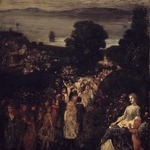
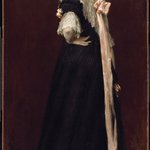
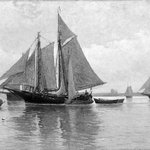
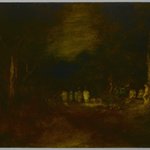




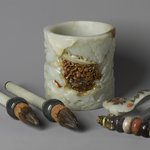



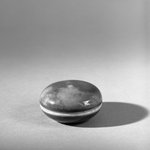

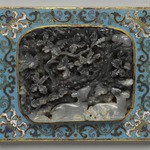
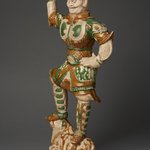

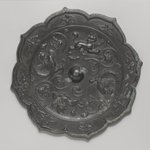
![Portrait of Mlle Fiocre in the Ballet "La Source" (Portrait de Mlle...E[ugénie] F[iocre]: à propos du ballet "La Source")](https://d1lfxha3ugu3d4.cloudfront.net/images/opencollection/objects/size2_sq/21.111_PS11.jpg)
